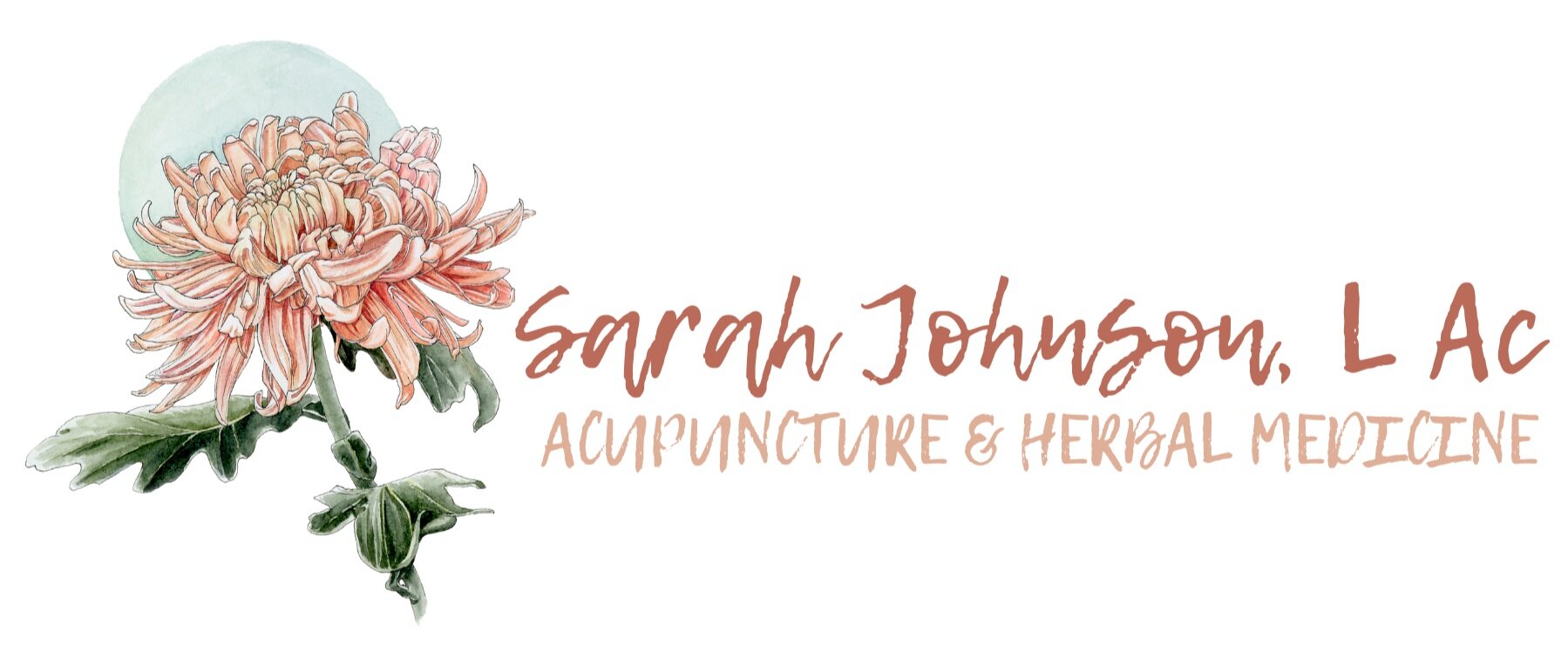A Beginners Guide To Gua Sha
Gua sha is an ancient Eastern Medicine technique that can be used to relieve acute or chronic musculoskeletal pain, improve circulation and reduce inflammation, support the immune system and address upper respiratory illnesses, and release tension in areas where there is restricted movement. Lately, it has become very popular for its cosmetic benefits of reducing puffiness and toning the skin.
Gua means “to rub” and sha translates to “sand or granule.” We use gua sha over areas of blood stagnation to promote an anti-inflammatory and immune response to improve circulation. The red marks that it creates (not on the face, we use a more gentle method) indicate broken superficial capillaries which are what makes the healing process occur.
The Method & The Tools
After using a lubricating oil or cream on the skin, we take a smooth hand-held tool to press and use short strokes, almost like a scraping method. It is similar to what Western sports medicine practitioners have adopted called the Graston Technique.
The tools are commonly flat stones made of jade or rose quartz or some other semi precious stone, but you can also use a ceramic soup spoon or even a the lid to a jar if it has a thicker lip.
Tips For Using Gua Sha for Particular Conditions
For musculoskeletal pain
Especially helpful for stiff necks, shoulder pain, back pain
Palpate the local area to feel for any muscle tightness, achiness, or knots.
Lubricate the area with a massage oil or muscle-relief balm. If you don’t have access to either, you can also use an oil like olive, coconut, or avocado.
Press and scrape in one direction with even strokes until the sha (redness) appears.
Stay on flesh and muscle, do not scrape over the spine or boney areas.
For respiratory Illness
Especially helpful for common colds with achy upper body, fever, or coughs
Focus on the upper back between the spine and shoulder blades. Use an aromatic oil or balm on the skin.
Facial Gua Sha
Facial gua sha has become a popular beautifying technique to naturally stimulate blood circulation and lymphatic drainage for tired or puffy skin. It can be used for lifting and sculpting, relaxing tight muscles that contribute to fine lines (like brows furrows), and for de-puffing under-eyes. It’s also helpful for jaw tension, seasonal allergies, and sinus congestion. When performing facial gua sha, make sure you use much less pressure on the face – no sha should arise. The most popular gua sha tools for the face are a jade roller or rose quartz stone. Here is some general advice for facial gua sha:
Moisten the skin with a gentle facial oil.
With gentle pressure, move in upward lifting motions from the center of the face and out towards the hairline.
Stop and lightly press the tool in the hairline in front of and behind the ears to stimulate lymphatic drainage. Also follow the jawline and sides of the neck, where there are more drainage sites.
Do not roll over moles and avoid acne
For Under The Eyes
Use the small end of the jade roller to roll very gently under the eyes and up towards the temples. Or, simply hold a flat stone under the eyes and allow the coolness to firm and depuff.
For Sinus Relief
Follow the natural curve of the cheekbone, moving the tool from the side of the nose and up towards the hairline. Also roll over the brow bone, moving from inner to outer brow.
I like this Youtube video if you would like some guidance!
After Gua Sha Care
If you have made marks on your body they may look intense but will disappear in a few days.
Drink plenty of water and avoid alcohol
Don’t expose areas of redness to cold or wind
If you shower later that day, shower with warm water
Clean your gua sha tool after use with soap and water
Light exercise the day of gua sha over heavy, sweat inducing exercise is preferable


